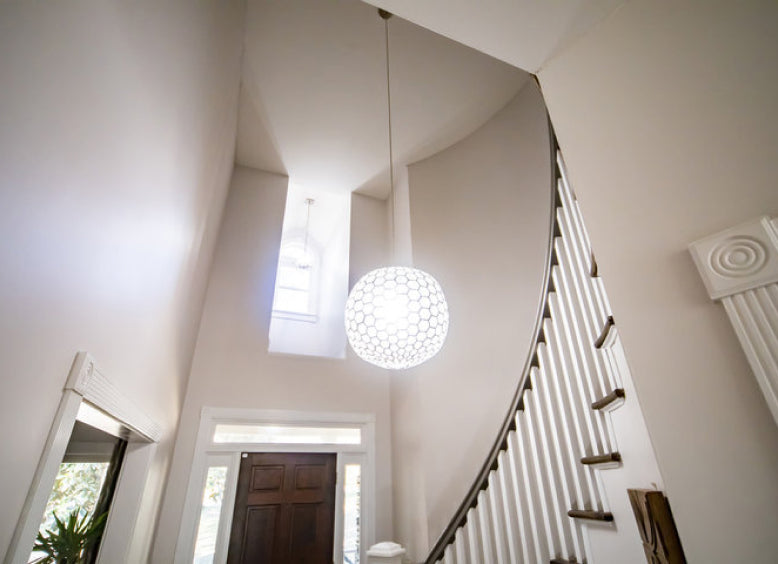
Creating Ambiance: The Art of Lighting Design
Lighting design is a crucial element in creating ambiance within a space. Whether it's a cozy living room, a vibrant restaurant, or a productive office, the right lighting can make all the difference. But how exactly does one go about mastering the art of lighting design?
Understanding the Basics
Before diving into the specifics of lighting design, it's important to understand the basics. Lighting can be categorized into three main types: ambient, task, and accent lighting. Ambient lighting provides overall illumination, task lighting is focused on specific activities, and accent lighting adds drama and depth to a space.
The Importance of Color Temperature
Color temperature is a key consideration in lighting design. Measured in Kelvin (K), color temperature determines the warmth or coolness of a light source. Lower color temperatures (2000-3000K) produce warm, cozy light, while higher color temperatures (4000-5000K) create a cooler, more energizing atmosphere.
Utilizing Different Light Sources
When designing a lighting scheme, it's essential to incorporate a variety of light sources. Natural light, incandescent bulbs, fluorescent tubes, and LEDs each have unique qualities that can enhance the ambiance of a space. Mixing different light sources can create a dynamic and visually appealing environment.
Creating Layers of Light
One of the key principles of lighting design is creating layers of light. By combining ambient, task, and accent lighting, designers can achieve a balanced and versatile lighting scheme. This approach allows for flexibility in adjusting the lighting to suit different activities and moods.
Considering Energy Efficiency
With the growing focus on sustainability, energy efficiency is an important consideration in lighting design. LED lights, in particular, are highly energy-efficient and long-lasting, making them a popular choice for both residential and commercial spaces. By selecting energy-efficient lighting solutions, designers can reduce environmental impact and operating costs.
Experimenting with Dimmers and Controls
Dimmers and lighting controls offer a level of flexibility and customization in lighting design. By adjusting the intensity of light fixtures, designers can create different atmospheres and cater to varying lighting needs throughout the day. Smart lighting systems take this a step further, allowing for remote control and automated lighting schedules.
Mastering the art of lighting design requires a deep understanding of the principles of light, color, and space. By carefully considering the basics, experimenting with different light sources, and creating layers of light, designers can transform any space into a visually stunning and functional environment.
